Some of you may have been disappointed.
My last post’s title started with the words “Sexy Kids”, but when you came to read it, all there was were words, statistics, graphs, analysis, more words and one poxy joke: no living, breathing, two-dimensional, jpeg-ed ‘sexy kids’ in sight! Not a single photo like this one:

Well, as those who are insincere in their apologies say “I apologise for any disappointment I may have caused”.
But I’m giving you ‘reluctant readers’ a second chance.
Here’s a boiled-down, dessicated, fat-free, crap-excised version of the original post. Its original 2595 hand-counted words ruthlessly rendered down to a more manageable 1620.
Oh – and to entice you across the still-somewhat-harsh Arctic territory of this post, and reward you with regular fragments of metaphorical Kendal Mint Cake, I’ve hidden photos of sexy kids throughout the text – the further in you go they get hotter they get.
However, they also become progressively more cunningly concealed; only a true virtuoso at ‘ferreting out the filth’, at ‘dredging up the dirt’, at ‘smelling out the smut’ could find the last one without resorting to viewing the Page Source! (There are 9 hidden images altogether. I think.)
So here goes – the tl;dr version of ‘Sexy Kids: could this be the real cause of Paedophilia?‘
When a friend sent me the details of a poll conducted on a darknet site run by and for paedophiles I was reminded of the following joke:
“What is the number one cause of paedophilia?”
“Sexy kids.“
The results of this poll suggest that this may be less of a Joke and more of a Statement of Fact, depending on whether by ‘sexy’ one means “provoking sexual interest” or “feeling sexually aroused or sexually active”.
The Poll
The introduction to the poll reads as follows:
“Did you have sexual experiences as a child? Were they with other children or with adults, or both?
I’m hoping this poll will address the “children-who’ve-been-‘abused’-grow-up-to-be-paedophiles” concept.
As we’re nearly all paedos here it might be interesting to see how many of us did have significant sexual experiences as children and how many of those were with adults.”
A total of 81 respondents replied as follows (click on image for full-size version):
evaluating the poll
81 respondents is a small sample, though large enough to give some significant results, especially where there are large differences in the responses to certain variables.
The sample was clearly not a random one. Here we encounter a problem with any research into a stigmatised population. Is it even possible, given the secrecy we have to live with, to get a random sample of paedophiles? A sample of darknet paedophiles is undoubtedly a more representative one than the usual ‘prisoners and/or offenders’.
An inherent bias in surveys that draw on remembered events is that the events recorded in the poll are, by definition, ‘memorable’. Non-memorable won’t figure in this poll. This will bias the poll towards more intense and spectacular sexual events that took place in later childhood, and away from events which were ‘mild’ and/or which happened in early childhood or infancy.
Nowhere is the word ‘child’ defined. ‘Child’ could be interpreted as either a prepubescent or an adolescent.
For a poll interested in determining the validity of the idea that “children who’ve been ‘abused’ grow up to be paedophiles” this could be a very significant problem since concepts of ‘innocence’ and asexuality means that society considers the effects of adult sexual interactions with prepubescents to be much more traumatogenic than those with adolescents. How many of the respondents who chose one of the ‘yes’ options in this poll were thinking of experiences they had during adolescence?
interpreting the data
Let me give each group an abbreviated label:
n: 10 (12.3%) – no
nr: 09 (11.1%) – not really (i.e. very mild experiences that hardly qualify as ‘sexual’ – such as ‘looking’, kissing, cuddling…)
ym: 12 (14.8%) – yes, but only with myself
yc: 37 (45.7%) – yes, with other children
ya: 02 (2.5%) – yes, with (an) adult(s)
yac: 11 (13.6%) – yes, with both (an) adult(s) and children
Two things about this poll that leap out at me:
i – only 16.1 % (ya + yac) of respondents had any sexual contact with adults during their childhood; only 2.5% (ya) conform to the stereotype of ‘lone innocent child being abused by an adult’, the other 13.6% (yac) also engaging in sexual activities with their peers.
ii – Depending on how we collate the data 74.1 % (ym + yc + yac) of respondents had experiences of child sexuality during their own childhood. This figure could be raised to as much as 85.2% if we also include those respondents who polled ‘not really’ (ym + yc + yac + nr).
60.5% (ym + yc) to 71.6% (ym + yc + nr) of respondents had some sort of sexual experience independent of any adult involvement.
These statistics suggest two hypotheses:
i – that childhood sexual experiences with adults don’t predispose a child to becoming a paedophile when s/he grows up;
ii – that what does predispose someone to becoming a paedophile when s/he grows up are childhood experiences of child sexuality (whether of their own or that of other children).
How do the results of this poll compare to similar surveys of the general population of adults?
re hypothesis i – that childhood sexual experiences with adults don’t predispose a child to becoming a paedophile when s/he grows up:
The following table comes from the NSPCC-commissioned report by L. Radford et al (2011) Child abuse and neglect in the UK today” (p8). It provides us with two relevant statistics (click on image for full size version):
According to the table about 0.5% of children aged 11 and under experience ‘contact sexual abuse’ ‘as defined by the criminal law at some point in their childhood’ (which we can treat as being equivalent to paedo-poll’s ‘sexual experiences with an adult‘, given that the NSPCC consider all and any child-adult sensual intimacy as ‘abuse’).
The paedo poll has about 15% of ‘children’ experiencing sexual contact with an adult’. The general population has a rate of 0.5% if one defines ‘child’ as ‘prepubescent’ and 5.3% if you define it as ’17 or younger’.
re hypothesis ii – that what does predispose someone to becoming a paedophile when s/he grows up are childhood experiences of child sexuality (whether of their own or that of other children):
I have to confess to having struggled to find any useful statistics relating to the incidence of child-child sexual interactions.
To myself, who had a disappointingly sex-free childhood (as did just about everybody else I’ve known well enough to discuss such matters with), the idea that possibly three-quarters to five-sixths (i.e. the results of the paedo poll) of the general population have some kind of memorable prepubescent sexual experience (or ‘experiences’) with either another child, other children or alone, seems hard to believe. My impression is that for the general population this figure would be much, much lower indeed.
The following extract from from “Normative Sexual Behavior in Children: A Contemporary Sample.” (Friedrich, Fisher, Broughton, Houston, Shafran) offers us an insight:
“Retrospective self-reports have also been used to understand normal sexual behavior. Lamb and Coakley [in “Normal” childhood sexual play in games: differentiating play from abuse.” (1993)] interviewed female undergraduates about their recollection of having participated in sexual play as a child (mean age = 7.5 years, standard deviation = 2.0). Of particular relevance to research with the CSBI is the fact that 14% reported kissing another child, 26% reported exposing themselves, 15% reported genital touching while clothed, 17% reported unclothed genital touching, 6% reported using objects in or around genitals, and 4% reported oral-genital contact. (For some of the above behaviors, parents reported an even higher frequency on the CSBI, ie, 38.4% of parents reported their child had touched their genitals in the previous 6 months. This would suggest that for some behaviors, parents may be more valid reporters, particularly if rating behaviors contemporaneously.) The more often the sexual games involved a cross-gender experience, the more likely the game was perceived as manipulative or coercive”
The statistics don’t give us much to work with since, for example, we don’t know to what extent it’s the same kids doing the ‘kissing’ as are doing the ‘exposing themselves’. But what is clear is that even if we take the maximum statistic reported (“parents reported their child had touched their genitals in the previous 6 months“) the percentage is still only 38.4% for this very mild sexual activity (though it’s not clear whether by ‘their’ they mean the parent or the child) – way below the 74.1 % to 85.2% of respondents who had child-centered childhood sexual experiences of some sort in the paedophile site poll.
conclusion
It appears that:
i – there’s a correlation between having memorable experiences of child sexuality during childhood and growing up to have paedophilic desires.
ii- That the “children who’ve been ‘abused’ grow up to be paedophiles” hypothesis can only explain, at very best, 15% of instances of paedophilia in the poll.
Of course ‘correlation’ doesn’t equal ‘causation’. Maybe those people who had memorable sexual encounters as children are people who are just more sexual, or the childhood encounters could be a sign that they already felt an unusually strong sexual interest in children, even when they were children themselves.
However there is a certain simple logic to the idea that those adults who know from personal experience that children are sexual beings will be informed with that knowledge and experience as they grow up, and may be more resistant to Society’s anti-child-sexuality hegemonic ideas, and thus be predisposed to paedophilia..
So “what is the number one cause of paedophilia?”
Whilst there’s no doubt that ‘sexy kids’ (if by ‘sexy’ we mean “provoking sexual interest“) maintain us as paedophiles,.it may well be that ‘sexy kids’ (if by ‘sexy’ we mean ‘sexually active’ or ‘experiencing sexual feelings’) are what also made us paedophiles in the first place.
(Oh – and did you find the pic of the little girl in high heels and the pearl necklace?)





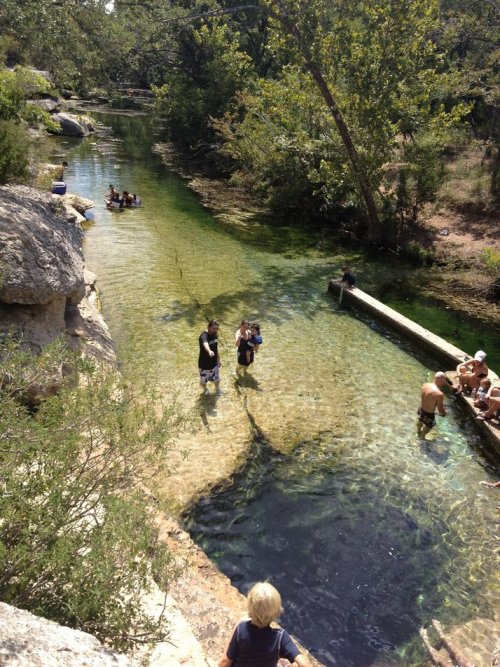
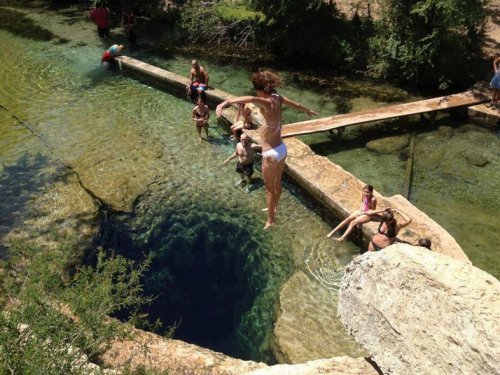
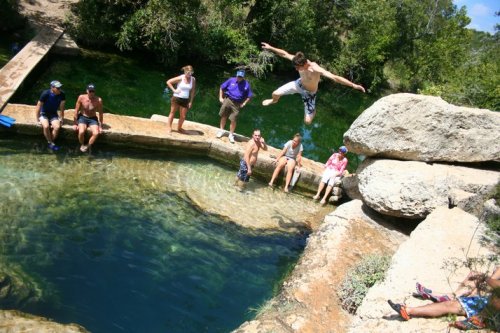

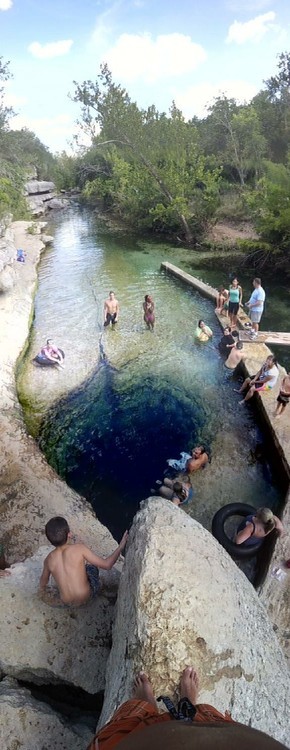






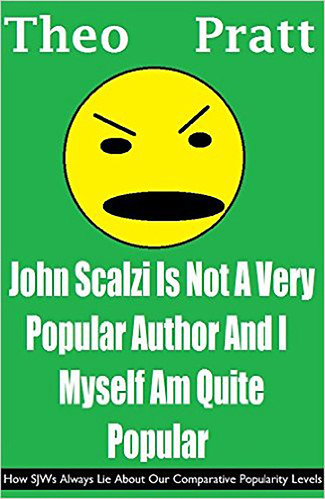


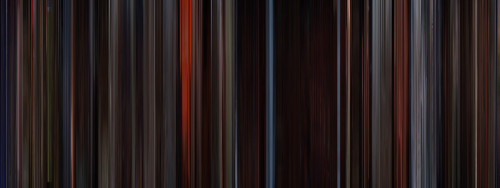








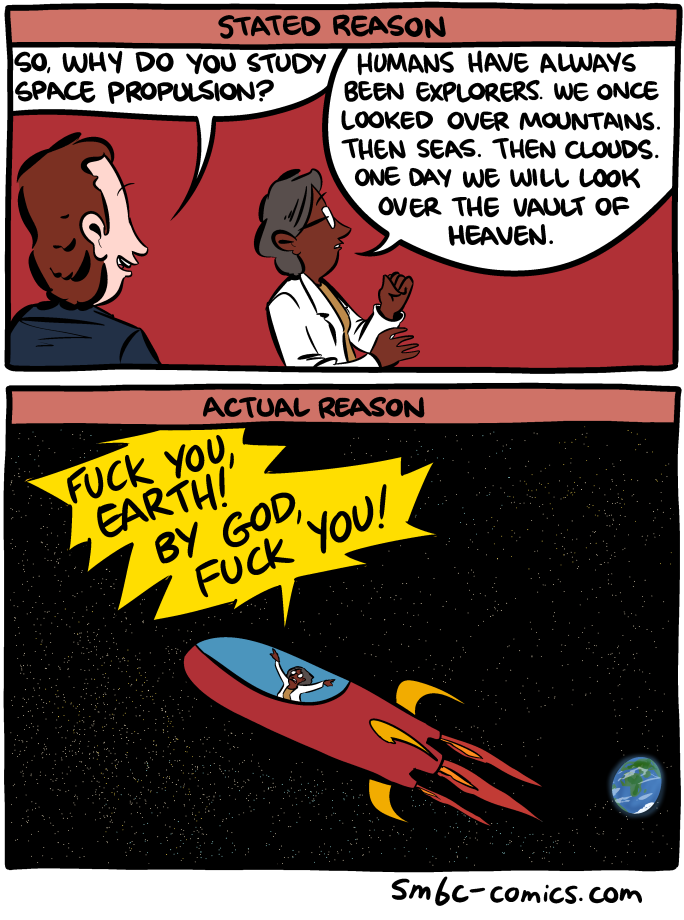

 Expanded from
Expanded from 




 Canon is bringing its latest mirrorless camera, the EOS M3, to the US after all. The Japan-based manufacturer announced this compact shooter back in February, but now people in the States will have a chance to get their hands on it. A follow-up to...
Canon is bringing its latest mirrorless camera, the EOS M3, to the US after all. The Japan-based manufacturer announced this compact shooter back in February, but now people in the States will have a chance to get their hands on it. A follow-up to...

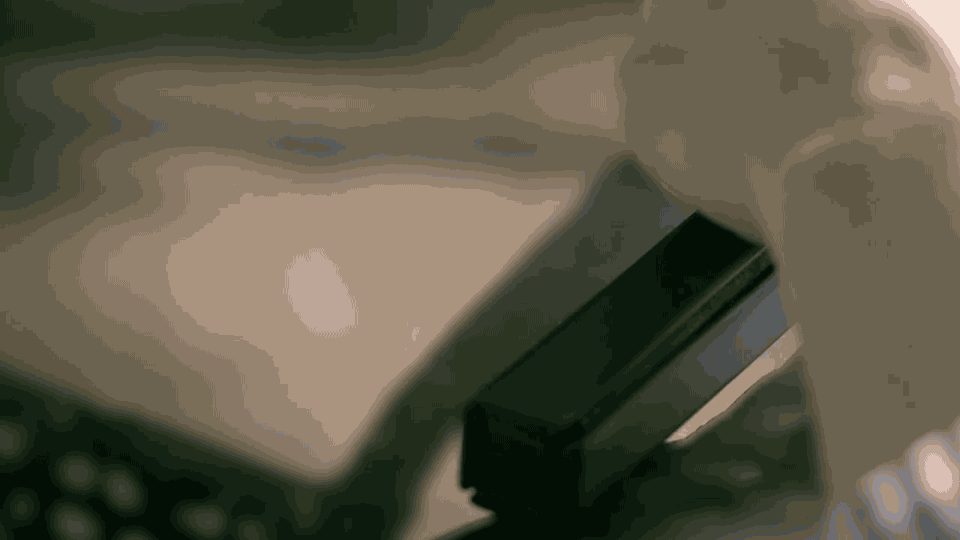 To the untrained eye, LG's new Bluetooth keyboard looks like a (very long) mobile battery, but that's because it's all bundled up. Unfurl the Rolly and you'll get a "full-size" keyboard that automatically switches on and connects to your nearest (LG?...
To the untrained eye, LG's new Bluetooth keyboard looks like a (very long) mobile battery, but that's because it's all bundled up. Unfurl the Rolly and you'll get a "full-size" keyboard that automatically switches on and connects to your nearest (LG?...



